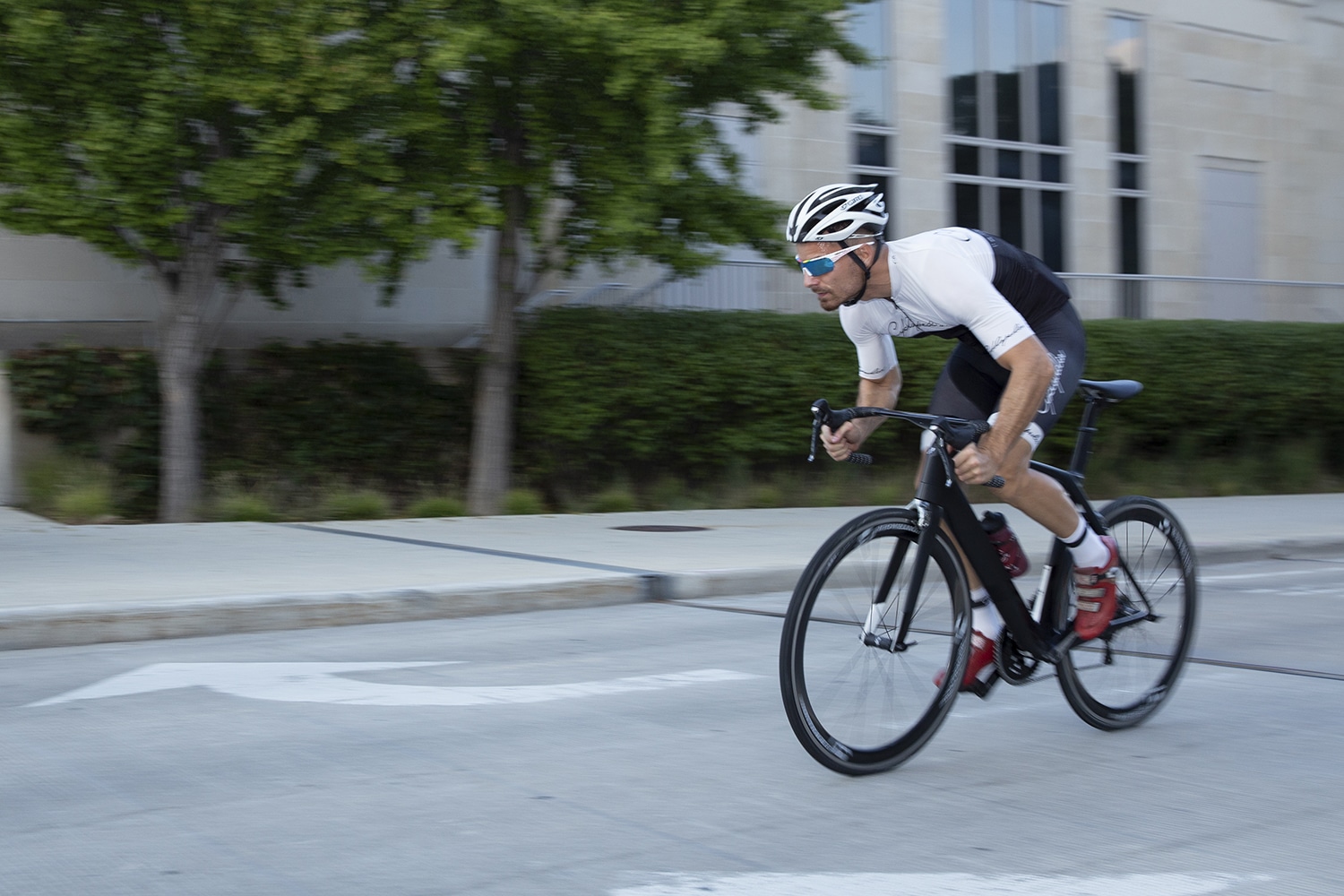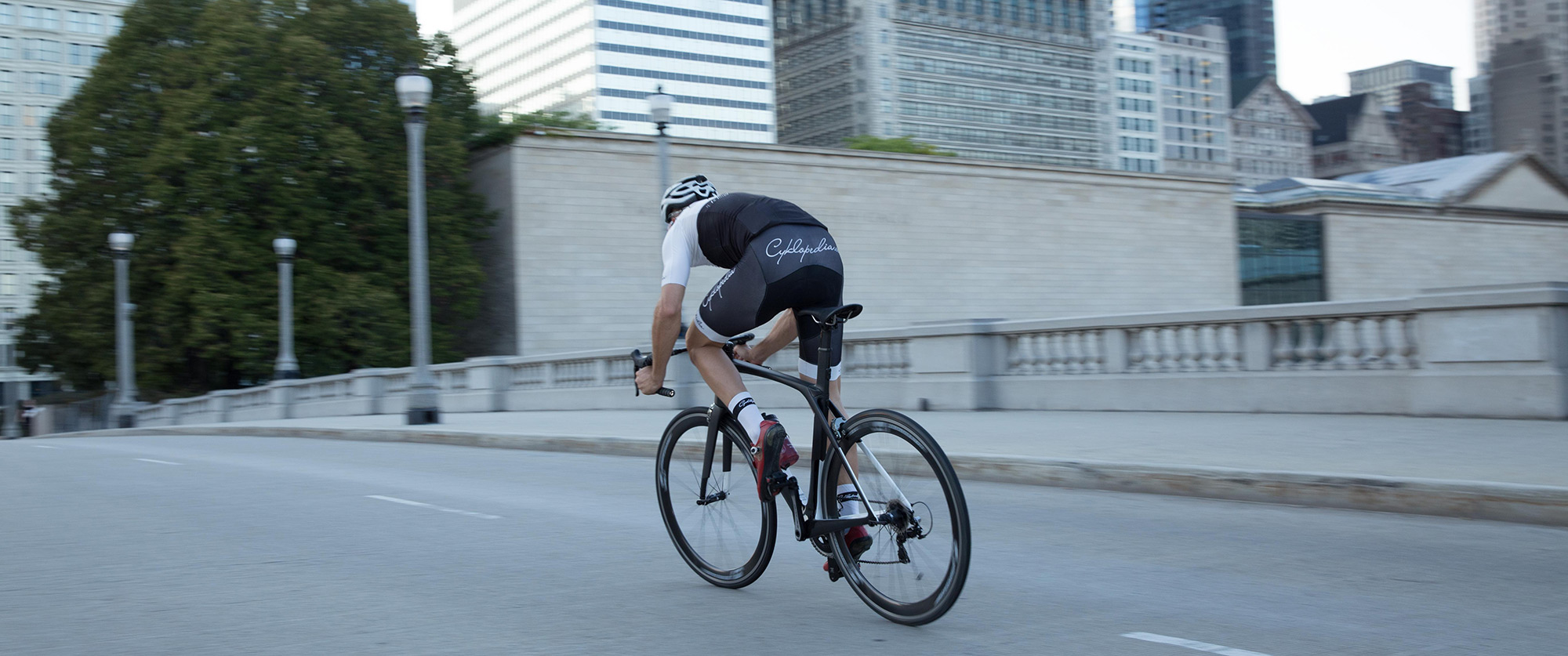
1. How to do intervals?
To do interval, it means to perform the given exercise for a given period of time with a given intensity, a specific number of repetitions.
Interval training example
Exercise: 3 min intervals
Intensity: VO2 max
Repeats: 5 times
Goal: Improve your VO2 max capability
Type of Racing: Cyclocross, Criteriums, Track Cycling, Road Cycling
Intervals have to be preceded with proper warm-up and “fillers” like zone 2 (endurance) or zone 3 (tempo).
You should be doing interval training being fresh so you are able to hold asked zones. You can not be blown up before the end of the workout because you won’t be able to give your body the right impulse to improve specific zones you working on.
If you are not able to finish the workout, it is a strong signal about you are probably overloading your body.
Immediately think about recovery.
2. How many reps I should do, when to stop?
| Intervals | Average Drop in Power |
|---|---|
| 20 min. | 3 – 5 % |
| 10 min. | 4 – 6 % |
| 5 min. | 5 – 7 % |
| 3 min. | 8 – 9 % |
| 2 min. | 10 – 12 % |
| 1 min. | 10 – 12 % |
| 30 sec. | 12 – 15 % |
| 15 sec. | Peak power drops by 15 – 20 %; average power for interval drops by ~ 15 %. |
Note: The percentage drop in average watts is based on the number of watts achieved in the third effort. For example, when doing 5-minute intervals, a rider is ready for a rest when his or her average watts for an interval are 5-7 percent lower than they were for the third effort.
Hunter Allen and Andrew Coggan. (2010) Training and racing with the power meter. Boulder, CO, pp. 74.
2.1 When to stop intervals?
“An athlete should do the least amount of the most specific training that brings continual improvement”.
But how many times should I repeat intervals? And what is the number where I should rest after?
For example, if you are doing your maximum power intervals and your session is 10 x 15 s max effort.
1. 1327 W
2. 1278 W
3. 1250 W – this is number where you should start your counting.
4. 1245 W
5. 1198 W
6. 1145 W
7. 1101 W
8. 1050 W – you should stop after this interval because of it less than 85 % of the third interval! 1250 – 15 % = 1062.5 W
9. 1016 W
10. 981 W
9th and 10th interval it was too much. It is not enough incentive for max power intervals. The best way is to do just 7 intervals and always be right under your limits, but it is very hard to find this point.
Another example when you are doing your 5 min Threshold-VO2 max uphills and asking when to stop intervals?
1. 362 W
2. 356 W
3. 350 W
4. 335 W
5. 320 W – you should stop after this interval because of it less than 93 % of the third interval! 350 – 7 % = 325.5 W
6. 310 W
If you can’t handle even 3 intervals in a set, and you feel really tired you should lower the training load.
2.2 What if I do not have a power meter?
Not everyone uses a power meter, so how to count your intervals? If you are doing your 5 min Threshold-VO2 max uphills, it is easy firstly take a distance to ride, like 2 km uphill and repeat it with counting time. For example.
1. 3:50 min
2. 3:55 min
3. 4:02 min
4. 4:12 min
5. 4:21 min – you should stop after this interval because of it more than 107% of the third interval! 4:02 + 7% = 4:21 min
6. 4:45 min
We add 7% when we count “time”.
If you can’t handle even 3 intervals in a set, and you feel really tired you should lower the training intensity.
3. What interval training I should pick for a specific event?
Interval training should be base on event intensity and length.
The truth is all of the racing types need all kinds of intervals because you use all of your energy systems during every race.
Specific types of racing need more focus on some of the intervals.
Starting from the shortest and most intense races. (Zones, starting with the most important):
• Track cycling:
Neuromuscular Power, Anaerobic, VO2 max
• Criteriums:
VO2 max, Anaerobic, Neuromuscular Power
• Cyclocross:
Threshold, VO2 max, Anaerobic
• Mountain Cycling:
Threshold, VO2 max, Tempo, Endurance
• Road Cycling:
Threshold, VO2 max, Tempo, Endurance, Neuromuscular Power.
“It’s not about who is strongest, it’s about who can suffer most pain”









